
In the Meiji at 150 Podcast, host Tristan Grunow (UBC) interviews specialists of Japanese history, literature, art, and culture. Topics covered will range from the position of the Meiji Restoration and Meiji Period in each scholar’s research, to how they view the significance of the Restoration in Japanese and global history, and finally to how they teach the Meiji Period in their classrooms. Follow us to hear about the recent research of prominent scholars of Japan along with their pedagogical approaches to one of Japan’s most transformative periods.
Click here to view the Meiji at 150 Podcast Episode Guide
Episode 100 – Dr. Takahiro Yamamoto (Heidelberg University)
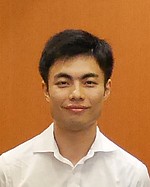 In this episode, Dr. Yamamoto reviews Japan’s diplomatic interactions with Russia in the northern territories of the Kuril Islands and Karafuto in the years around the Meiji Restoration. We discuss Russian exploration in the area dating back to the 18th century, Meiji leaders’ perceptions of a Russian threat in the north following the Restoration, and more recent disputes between Russia and Japan over the Kurils before talking about Dr. Yamamoto’s recent research on the history of Japanese passports. (Transcript here).
In this episode, Dr. Yamamoto reviews Japan’s diplomatic interactions with Russia in the northern territories of the Kuril Islands and Karafuto in the years around the Meiji Restoration. We discuss Russian exploration in the area dating back to the 18th century, Meiji leaders’ perceptions of a Russian threat in the north following the Restoration, and more recent disputes between Russia and Japan over the Kurils before talking about Dr. Yamamoto’s recent research on the history of Japanese passports. (Transcript here).
Episode 99 – PREVIEW: On the Record with Dr. Noell Wilson (University of Mississippi)
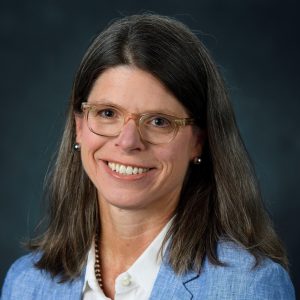 This episode previews a new podcast series, Japan on the Record, a shorter-format current events-themed series. In episode 1, Dr. Noell Wilson (University of Mississippi) details the American influences shaping Japanese deep sea whaling dating to the mid-19th century.
This episode previews a new podcast series, Japan on the Record, a shorter-format current events-themed series. In episode 1, Dr. Noell Wilson (University of Mississippi) details the American influences shaping Japanese deep sea whaling dating to the mid-19th century.
Read the NY Times editorial referenced in the episode here. Read the Japanese government’s response here.
For more historical background on Japanese whaling, listen to Meiji at 150 Podcast episode 47 with Dr. Jakobina Arch.
Credit to BBC News and Al Jazeera English for audio clips.
Episode 98 – Dr. Lionel Babicz (University of Sydney)
 In this episode, Dr. Babicz makes a compelling case for dating the start of “Modern Japan” to February 11, 1889, the date when the Meiji Constitution was promulgated, Mori Arinori was assassinated, and the Nihon newspaper published its first issue. We discuss the significance of the date and its connection to “National Foundation Day” today, the rise of conservatism from the middle of the Meiji period, popular reactions to these events at the time, and what their concurrence suggests about Japanese modernization. (Transcript here).
In this episode, Dr. Babicz makes a compelling case for dating the start of “Modern Japan” to February 11, 1889, the date when the Meiji Constitution was promulgated, Mori Arinori was assassinated, and the Nihon newspaper published its first issue. We discuss the significance of the date and its connection to “National Foundation Day” today, the rise of conservatism from the middle of the Meiji period, popular reactions to these events at the time, and what their concurrence suggests about Japanese modernization. (Transcript here).
Episode 97 – Dr. Hiromi Sasamoto-Collins (University of Edinburgh)
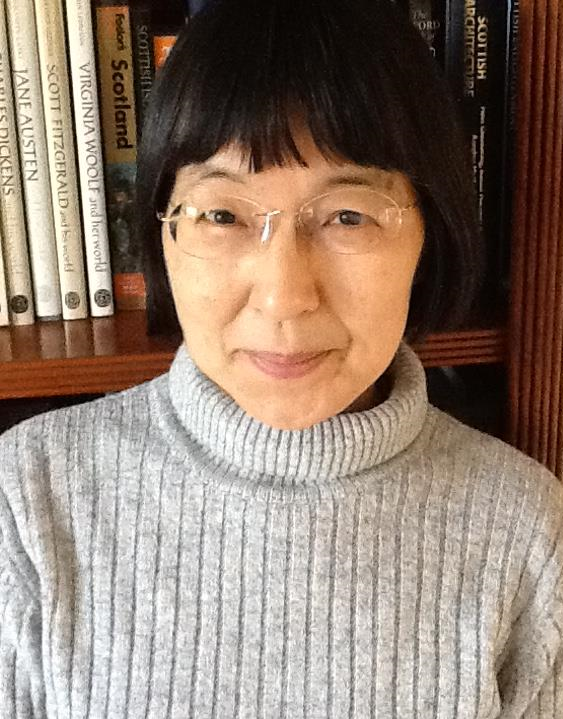 In this episode, Dr. Sasamoto-Collins notes tension in Japanese society following the Meiji Restoration between authoritarian state power and political dissenters. We discuss the absolutism of the Meiji state, introduce several prewar political dissidents including Minobe Tatsukichi, map changes in the state/society relationship over the course of modern Japanese history, and question the vibrancy of Japanese civil society today. (Transcript here).
In this episode, Dr. Sasamoto-Collins notes tension in Japanese society following the Meiji Restoration between authoritarian state power and political dissenters. We discuss the absolutism of the Meiji state, introduce several prewar political dissidents including Minobe Tatsukichi, map changes in the state/society relationship over the course of modern Japanese history, and question the vibrancy of Japanese civil society today. (Transcript here).
Episode 96 – Dr. Jolyon Thomas (University of Pennsylvania)
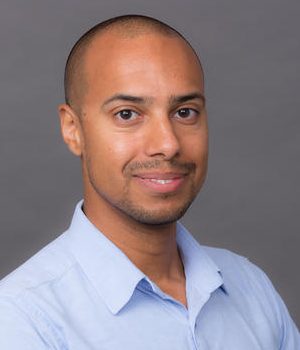 In this episode, Dr. Thomas revisits the history of religion during the Meiji Period, outlining the impacts of the Restoration on Buddhism in Japan. We discuss the anxiety felt by Buddhists after 1868, Buddhist practitioners’ reactions to institutionalized Shinto in the prewar period, the religious consequences of the postwar American Occupation, and links between animation and religious practice in contemporary Japan. (Transcript here).
In this episode, Dr. Thomas revisits the history of religion during the Meiji Period, outlining the impacts of the Restoration on Buddhism in Japan. We discuss the anxiety felt by Buddhists after 1868, Buddhist practitioners’ reactions to institutionalized Shinto in the prewar period, the religious consequences of the postwar American Occupation, and links between animation and religious practice in contemporary Japan. (Transcript here).
Episode 95 – Dr. Jennifer Prough (Valparaiso)
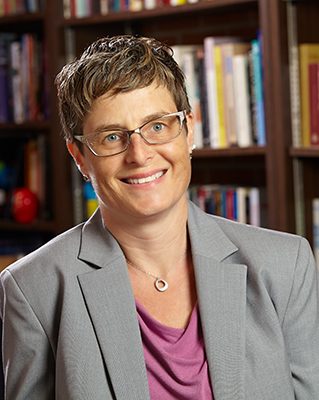 In this episode, Dr. Prough guides a tour of historical sites in Kyoto associated with Sakamoto Ryōma, stopping along the way to discuss Ryōma’s role in the Restoration, the historical memory of Ryōma, the repackaging of Ryōma’s story for tourists, and the role of tourism in shaping Kyoto’s urban identity as a city of traditional culture and history, for better or worse.
In this episode, Dr. Prough guides a tour of historical sites in Kyoto associated with Sakamoto Ryōma, stopping along the way to discuss Ryōma’s role in the Restoration, the historical memory of Ryōma, the repackaging of Ryōma’s story for tourists, and the role of tourism in shaping Kyoto’s urban identity as a city of traditional culture and history, for better or worse.
Episode 94 – Dr. David Wittner (Utica College)
 In this episode, Dr. Wittner revisits narratives of the technological and industrial transformation of Japan following the Meiji Restoration. We discuss the Meiji government’s emphasis on technology, the role of Japanese entrepreneurs, Tokugawa preconditions for Meiji industrialization, the activities of oyatoi “hired foreign experts,” and the UNESCO sites of Meiji industrialization.
In this episode, Dr. Wittner revisits narratives of the technological and industrial transformation of Japan following the Meiji Restoration. We discuss the Meiji government’s emphasis on technology, the role of Japanese entrepreneurs, Tokugawa preconditions for Meiji industrialization, the activities of oyatoi “hired foreign experts,” and the UNESCO sites of Meiji industrialization.
Episode 93 – Dr. Rebecca Copeland (Washington University-St. Louis)
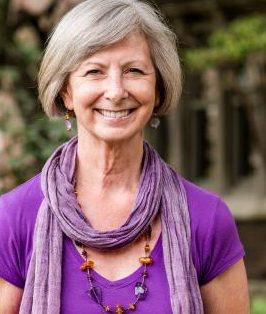 In this episode, Dr. Copeland documents several cases of “unruly women” who disrupt Japanese social norms, from mythical goddess Izanami to popular activists and female writers in the Meiji and Taishō Periods like Kishida Toshiko and Miyake Kaho, and finally to contemporary writer Kirino Natsuo. We discuss formalist versus historicist literary analysis, questions of agency and individuality in Meiji women’s cultural production, and the importance of translation in the field of literary studies. (Transcript here).
In this episode, Dr. Copeland documents several cases of “unruly women” who disrupt Japanese social norms, from mythical goddess Izanami to popular activists and female writers in the Meiji and Taishō Periods like Kishida Toshiko and Miyake Kaho, and finally to contemporary writer Kirino Natsuo. We discuss formalist versus historicist literary analysis, questions of agency and individuality in Meiji women’s cultural production, and the importance of translation in the field of literary studies. (Transcript here).
Episode 92 – Dr. Junichi Isomae (Nichibunken)
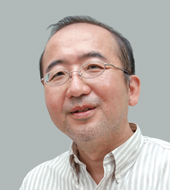 In this episode, Dr. Isomae charts the changing importance and role of religion in Japanese society following the Meiji Restoration, tracing the emergence of public and private spheres influenced by the introduction of Protestantism. We discuss the dichotomy of belief and practice in the context of popular support for prewar State Shinto and the continuing sacredotal roles of the emperor system, the prevalence of religious rituals and customs in Japanese society, and the popularity of new religions in Japan today.
In this episode, Dr. Isomae charts the changing importance and role of religion in Japanese society following the Meiji Restoration, tracing the emergence of public and private spheres influenced by the introduction of Protestantism. We discuss the dichotomy of belief and practice in the context of popular support for prewar State Shinto and the continuing sacredotal roles of the emperor system, the prevalence of religious rituals and customs in Japanese society, and the popularity of new religions in Japan today.
Episode 91 – Dr. Susan Burns (University of Chicago)
 In this episode, Dr. Susan Burns positions the history of leprosy in Japan amidst changing conceptions of disease and medical practice in the Tokugawa and Meiji periods. We discuss premodern understandings of disease as karmic retribution, government responses to infectious disease, the geographical distribution of medical institutions, and geospatial stigmas associated with the afflicted. (Transcript here).
In this episode, Dr. Susan Burns positions the history of leprosy in Japan amidst changing conceptions of disease and medical practice in the Tokugawa and Meiji periods. We discuss premodern understandings of disease as karmic retribution, government responses to infectious disease, the geographical distribution of medical institutions, and geospatial stigmas associated with the afflicted. (Transcript here).
Episode 90 – Dr. Gavin Campbell (Dōshisha University)
 In this episode, Dr. Campbell reviews the Meiji Restoration from the perspective of American cultural history, situating Japan within American interests in the Pacific. We question narratives of a “Clash” of Japanese and American cultures, and discuss Dr. Campbell’s work on Japanese toilets and the material history of Japanese men’s fashion. (Transcript here).
In this episode, Dr. Campbell reviews the Meiji Restoration from the perspective of American cultural history, situating Japan within American interests in the Pacific. We question narratives of a “Clash” of Japanese and American cultures, and discuss Dr. Campbell’s work on Japanese toilets and the material history of Japanese men’s fashion. (Transcript here).
Episode 89 – Janice Nimura
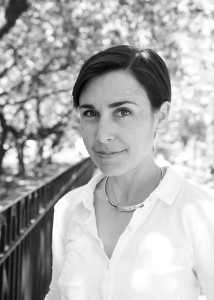 In this episode, Janice Nimura recounts the remarkable story of the women of the Iwakura Mission, three young girls sent to America in 1872 for a decade to learn about Western culture. We discuss the background of the women’s presence on the Mission, the women’s experiences in the US as seen in diaries and personal correspondence, and the lives they led and impact they had in Japan upon their return. (Transcript here).
In this episode, Janice Nimura recounts the remarkable story of the women of the Iwakura Mission, three young girls sent to America in 1872 for a decade to learn about Western culture. We discuss the background of the women’s presence on the Mission, the women’s experiences in the US as seen in diaries and personal correspondence, and the lives they led and impact they had in Japan upon their return. (Transcript here).
Episode 88 – Dr. Colin Jaundrill (Providence College)
 In this episode, Dr. Jaundrill complicates the easy association between Bushidō, samurai, and Japan in the contemporary popular imagination. We discuss military reforms dating to the 1850s and into the Meiji Period, highlight the impact of military conscription on the former samurai and on commoners, challenge the continuity of Bushidō in the prewar military, and question the re-appropriation of Bushidō for the contemporary business world. (Transcript here).
In this episode, Dr. Jaundrill complicates the easy association between Bushidō, samurai, and Japan in the contemporary popular imagination. We discuss military reforms dating to the 1850s and into the Meiji Period, highlight the impact of military conscription on the former samurai and on commoners, challenge the continuity of Bushidō in the prewar military, and question the re-appropriation of Bushidō for the contemporary business world. (Transcript here).
Episode 87 – Dr. Deborah Shamoon (NUS)
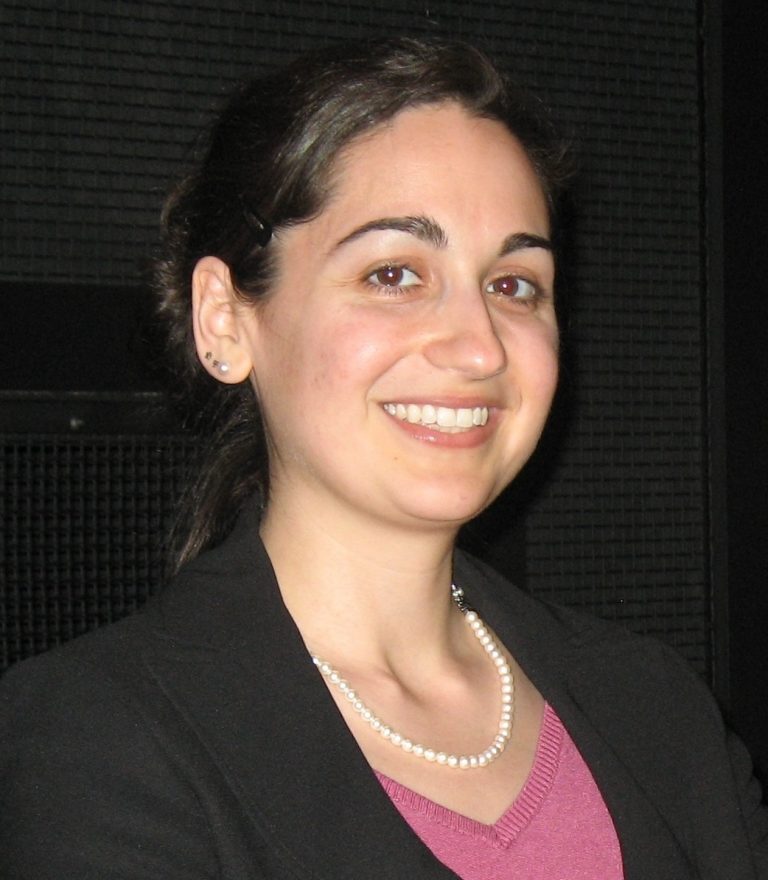 In this episode, Dr. Deborah Shamoon redraws depictions of the shōjo, or adolescent women, in Japanese cultural production in the Meiji and Taishō period, drawing connections between literature and new understandings of adolescent women’s roles in society. We discuss the emergence of new types of female characters in Meiji literature by Futabatei Shimei, Miyake Kaho, and Mori Ōgai, views of teenage girls as threatening in works by Tayama Katai and Tanizaki Junichirō, and changes in shōjo culture as seen in shōjo manga and the popularity of Misora Hibari in the postwar.
In this episode, Dr. Deborah Shamoon redraws depictions of the shōjo, or adolescent women, in Japanese cultural production in the Meiji and Taishō period, drawing connections between literature and new understandings of adolescent women’s roles in society. We discuss the emergence of new types of female characters in Meiji literature by Futabatei Shimei, Miyake Kaho, and Mori Ōgai, views of teenage girls as threatening in works by Tayama Katai and Tanizaki Junichirō, and changes in shōjo culture as seen in shōjo manga and the popularity of Misora Hibari in the postwar.
Episode 86 – Dr. Mark Ravina (Emory University)
 In this episode, Dr. Ravina reconsiders received narratives of the Meiji Restoration, challenging ideas of the Restoration as a sharp break and reviving the importance of antiquity to early Meiji leaders. We compare the Meiji Restoration to earlier examples of foreign threat and domestic reform in premodern Japan, question concepts of “modernization” and “Westernization” commonly applied to the Meiji Period, and place the Restoration among the global revolutions of the 19th century. (Transcript here).
In this episode, Dr. Ravina reconsiders received narratives of the Meiji Restoration, challenging ideas of the Restoration as a sharp break and reviving the importance of antiquity to early Meiji leaders. We compare the Meiji Restoration to earlier examples of foreign threat and domestic reform in premodern Japan, question concepts of “modernization” and “Westernization” commonly applied to the Meiji Period, and place the Restoration among the global revolutions of the 19th century. (Transcript here).
Episode 85 – Dr. Shi Lin Loh (National University of Singapore)
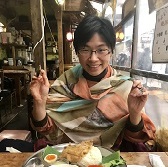 In this episode, Dr. Loh re-examines the history of science in modern Japan and charts Japan’s singular experiences of radiation, from the development of Japanese radiology during the Meiji Period, to the bombings of Hiroshima and Nagasaki, and finally to the Triple Disaster in Fukushima. We discuss the introduction of X-ray technology, the lives and work of Japanese scientists Nishina Yoshio and Nagai Takashi, and Dr. Loh’s contribution to a documentary film about radiation in Fukushima. (Transcript here).
In this episode, Dr. Loh re-examines the history of science in modern Japan and charts Japan’s singular experiences of radiation, from the development of Japanese radiology during the Meiji Period, to the bombings of Hiroshima and Nagasaki, and finally to the Triple Disaster in Fukushima. We discuss the introduction of X-ray technology, the lives and work of Japanese scientists Nishina Yoshio and Nagai Takashi, and Dr. Loh’s contribution to a documentary film about radiation in Fukushima. (Transcript here).
Episode 84 – Dr. David Ambaras (North Carolina State University)
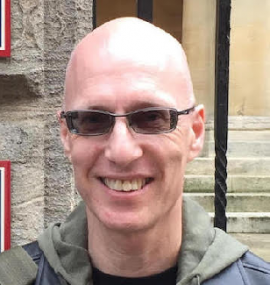 In this episode, Dr. Ambaras retraces the intimate and illicit networks of regional mobility in East Asia to rethink nation-centric narrative of modern Japanese and Chinese history. We discuss how the Meiji Restoration reshaped the East Asian Sinosphere, the lives of traders, women, and children living in Japan’s “imperial underworlds,” and how the upending of the East Asian order once again in 1945 impacted transnational families. (Transcript here).
In this episode, Dr. Ambaras retraces the intimate and illicit networks of regional mobility in East Asia to rethink nation-centric narrative of modern Japanese and Chinese history. We discuss how the Meiji Restoration reshaped the East Asian Sinosphere, the lives of traders, women, and children living in Japan’s “imperial underworlds,” and how the upending of the East Asian order once again in 1945 impacted transnational families. (Transcript here).
Episode 83 – Dr. Donna Brunero (National University of Singapore)
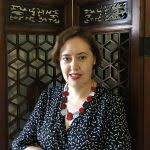 In this episode, Dr. Brunero places treaty ports in Japan leading up to and after the Meiji Restoration into an East Asian regional perspective, comparing life in treaty ports in Japan and China. We discuss cultural transformations and cultural hybridity in treaty ports, question popular visions of the treaty ports that render non-Westerners invisible, and reread newspaper coverage of the Meiji Restoration in the Chinese treaty port press.
In this episode, Dr. Brunero places treaty ports in Japan leading up to and after the Meiji Restoration into an East Asian regional perspective, comparing life in treaty ports in Japan and China. We discuss cultural transformations and cultural hybridity in treaty ports, question popular visions of the treaty ports that render non-Westerners invisible, and reread newspaper coverage of the Meiji Restoration in the Chinese treaty port press.
Episode 82 – Dr. Jordan Sand (Georgetown University)
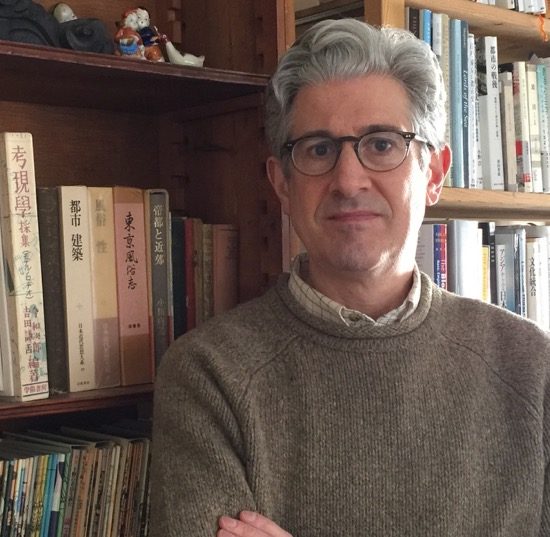 In this episode, Dr. Sand maps the urban change of Tokyo following the Meiji Restoration, highlighting material and spatial changes along with continuities and discontinuities in Tokyo planning from the 1880s to the present. We discuss the Ginza Bricktown, the politics of urban planning in the late 19th century, and disastrous moments of urban disruption in 1923 and 1945 before fast-forwarding to the present to talk about Shitamachi culture in Tokyo, our own favorite Tokyo neighborhoods, and to speculate on how the 2020 Tokyo Olympics will reshape the city once again. (Transcript here).
In this episode, Dr. Sand maps the urban change of Tokyo following the Meiji Restoration, highlighting material and spatial changes along with continuities and discontinuities in Tokyo planning from the 1880s to the present. We discuss the Ginza Bricktown, the politics of urban planning in the late 19th century, and disastrous moments of urban disruption in 1923 and 1945 before fast-forwarding to the present to talk about Shitamachi culture in Tokyo, our own favorite Tokyo neighborhoods, and to speculate on how the 2020 Tokyo Olympics will reshape the city once again. (Transcript here).
Episode 81 – Dr. Carol Gluck (Columbia University)
 In this episode, Dr. Gluck reconsiders recent scholarly treatments of the Meiji Restoration by prominent historians in Japan, challenging narratives of a “simple Meiji”. We question whether or not “Meiji has lost its mojo” in Japan today in light of lackluster commemorations of Meiji 150, discuss the commonalities and connections between the Meiji Restoration and the 19th century world, and talk about the importance of the Restoration in shaping Japanese history. (Transcript here).
In this episode, Dr. Gluck reconsiders recent scholarly treatments of the Meiji Restoration by prominent historians in Japan, challenging narratives of a “simple Meiji”. We question whether or not “Meiji has lost its mojo” in Japan today in light of lackluster commemorations of Meiji 150, discuss the commonalities and connections between the Meiji Restoration and the 19th century world, and talk about the importance of the Restoration in shaping Japanese history. (Transcript here).
 Faculty of Art
Faculty of Art